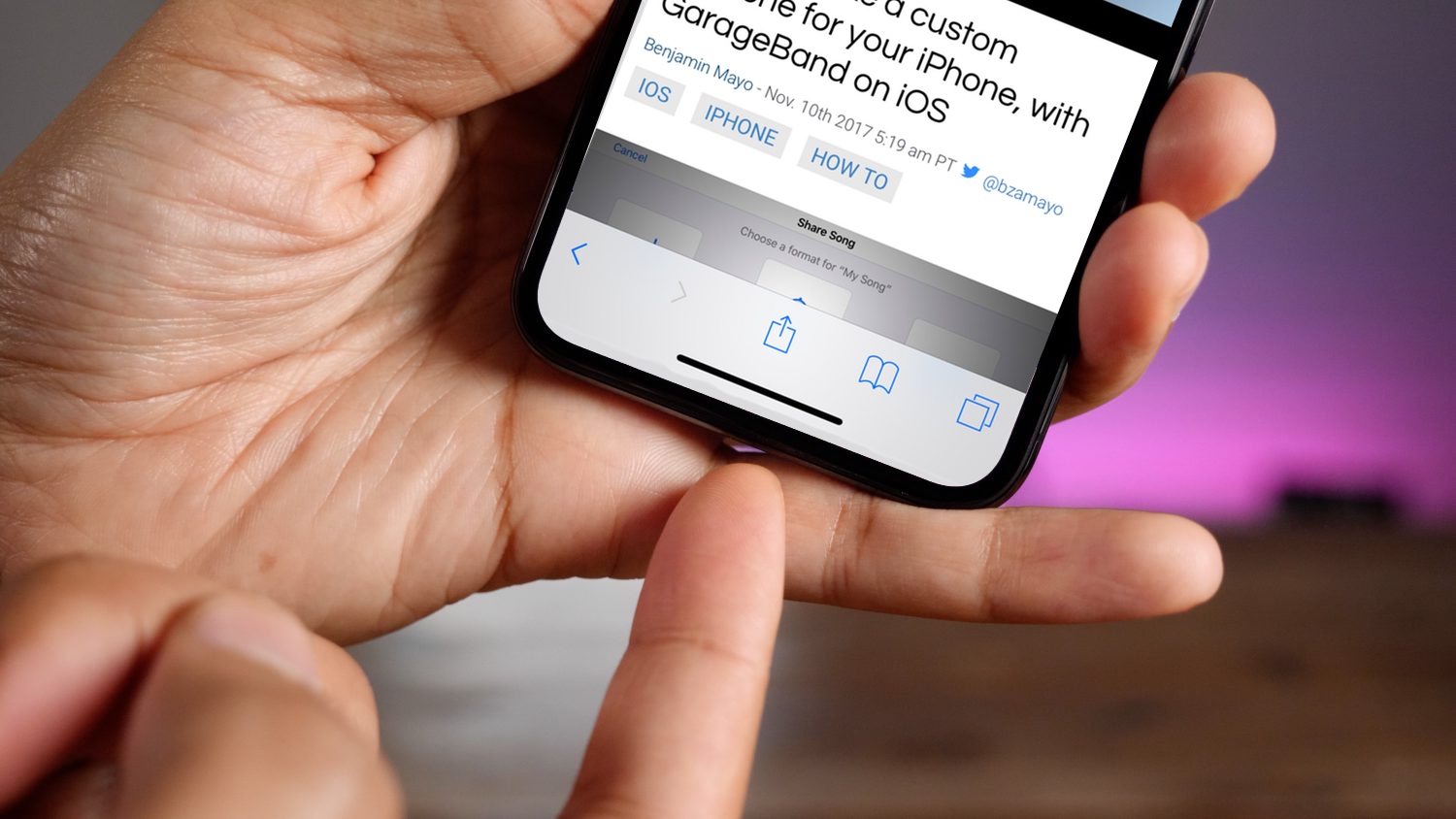
Are you tired of the bottom bar taking up valuable screen space on your iPhone 10? You're not alone! Many users find the persistent presence of the bottom bar distracting and inconvenient. Whether you want to create a cleaner look for your home screen or simply desire more room for your apps, learning how to hide the bottom bar on your iPhone 10 can significantly enhance your user experience. In this article, we'll dive into the step-by-step process of concealing the bottom bar on your iPhone 10, allowing you to make the most of your device's display. Let's explore this simple yet effective solution to decluttering your screen and customizing your iPhone 10 to suit your preferences.
Inside This Article
- Method 1: Using Guided Access
- Method 2: Using AssistiveTouch
- Method 3: Using a Third-Party App
- Conclusion
- FAQs
Method 1: Using Guided Access
If you want to hide the bottom bar on your iPhone X, you can use Guided Access, a built-in feature that allows you to limit your device to a single app and control which features are available. Here’s how to use Guided Access to hide the bottom bar on your iPhone X.
First, you need to enable Guided Access on your iPhone X. To do this, go to Settings, then tap on Accessibility. Scroll down and select Guided Access. Toggle the switch to turn it on. You can also set a passcode to control the use of Guided Access and prevent someone from leaving an active session.
Once Guided Access is enabled, open the app for which you want to hide the bottom bar. Triple-click the side button to activate Guided Access. You can then use your finger to circle the areas of the screen that you want to disable, including the bottom bar. Tap on Options to adjust settings such as time limits and touch sensitivity.
Method 2: Using AssistiveTouch
Another method to hide the bottom bar on iPhone 10 is by utilizing the AssistiveTouch feature. This accessibility function provides a virtual on-screen button that performs various commands, including hiding the bottom bar. By enabling AssistiveTouch, you can customize the virtual button to execute the specific action of concealing the bottom bar, offering a convenient alternative to the traditional navigation interface.
To activate AssistiveTouch, navigate to “Settings” on your iPhone 10, then tap “Accessibility” followed by “Touch.” Subsequently, select “AssistiveTouch” and toggle the switch to enable this feature. Once activated, you can customize the virtual button’s functionality by assigning the “Hide Bar” action to it, allowing you to effortlessly conceal the bottom bar with a simple tap on the virtual button.
By leveraging AssistiveTouch, you can streamline your iPhone 10’s interface and enhance your user experience by seamlessly hiding the bottom bar whenever desired, offering a practical solution to optimize your device’s display and functionality.
Method 3: Using a Third-Party App
Another way to hide the bottom bar on your iPhone 10 is by using a third-party app. There are several apps available on the App Store that offer customization options for your iPhone’s interface. These apps allow you to tweak various aspects of your device’s appearance and functionality, including hiding the bottom bar.
When choosing a third-party app for this purpose, it’s essential to select one that is reputable and has positive reviews. Look for apps that specifically mention the ability to customize the iPhone’s interface and provide the option to hide the bottom bar. Before downloading and installing any app, be sure to read user reviews and check the app’s ratings to ensure its reliability and effectiveness.
Once you’ve found a suitable app, follow the instructions provided by the app developer to customize your iPhone’s interface and hide the bottom bar. Keep in mind that while using a third-party app can offer additional customization options, it’s important to be cautious and mindful of the permissions and access you grant to these apps.
Conclusion
Learning how to hide the bottom bar on iPhone 10 can significantly improve your user experience, providing a cleaner and more immersive interface. By utilizing the assistive touch feature or exploring third-party apps, you can customize your iPhone 10 to suit your preferences and maximize its functionality. Whether you’re aiming for a minimalist look or seeking to optimize your screen real estate, these methods offer flexibility and convenience. Embracing these techniques empowers you to tailor your device to your unique needs, enhancing your overall satisfaction with your iPhone 10.
FAQs
Q: Can I hide the bottom bar on my iPhone 10?
A: Yes, you can hide the bottom bar on your iPhone 10 by utilizing the built-in settings or by using third-party applications.
Q: Will hiding the bottom bar affect the functionality of my iPhone 10?
A: Hiding the bottom bar will not affect the core functionality of your iPhone 10, but it may impact the accessibility of certain features and navigation options.
Q: Is it possible to customize the appearance of the hidden bottom bar?
A: Yes, you can customize the appearance of the hidden bottom bar by adjusting settings and using various themes and customization options offered by third-party applications.
Q: Can I revert to the default bottom bar after hiding it?
A: Yes, you can revert to the default bottom bar by reversing the settings or uninstalling the third-party application used to hide it.
Q: Will hiding the bottom bar impact the performance of my iPhone 10?
A: Hiding the bottom bar should not significantly impact the performance of your iPhone 10, as long as you use reputable applications and follow recommended guidelines for customization. However, it's important to monitor the impact on system resources and performance after making changes.
